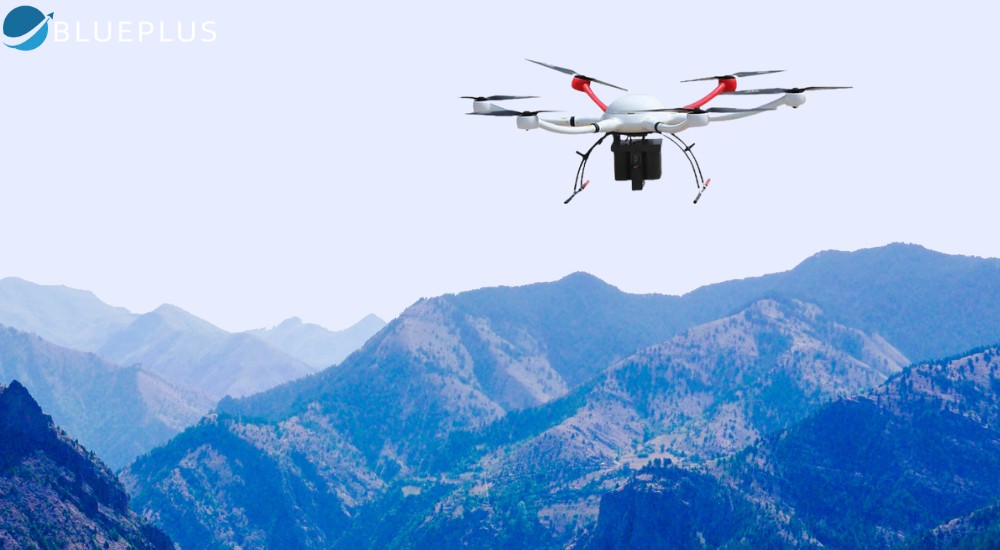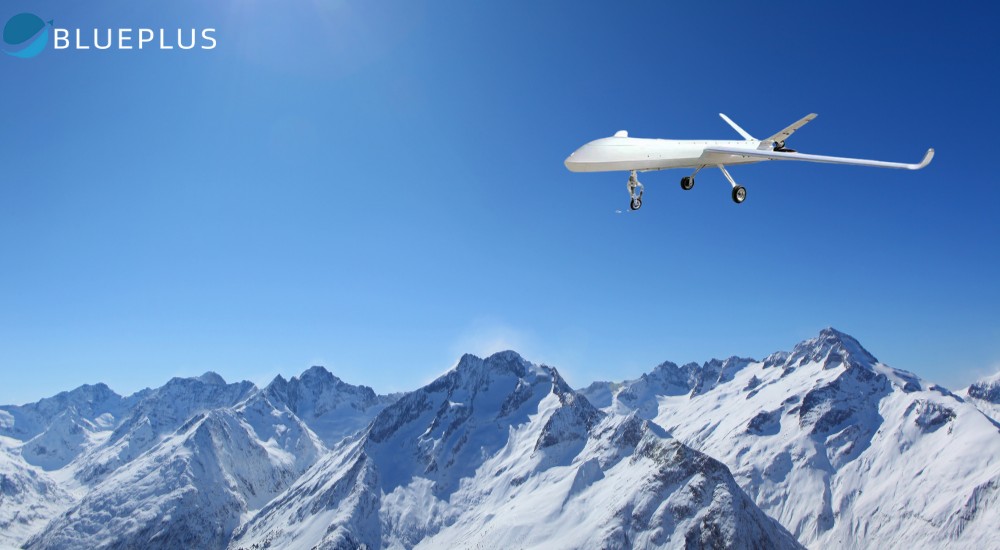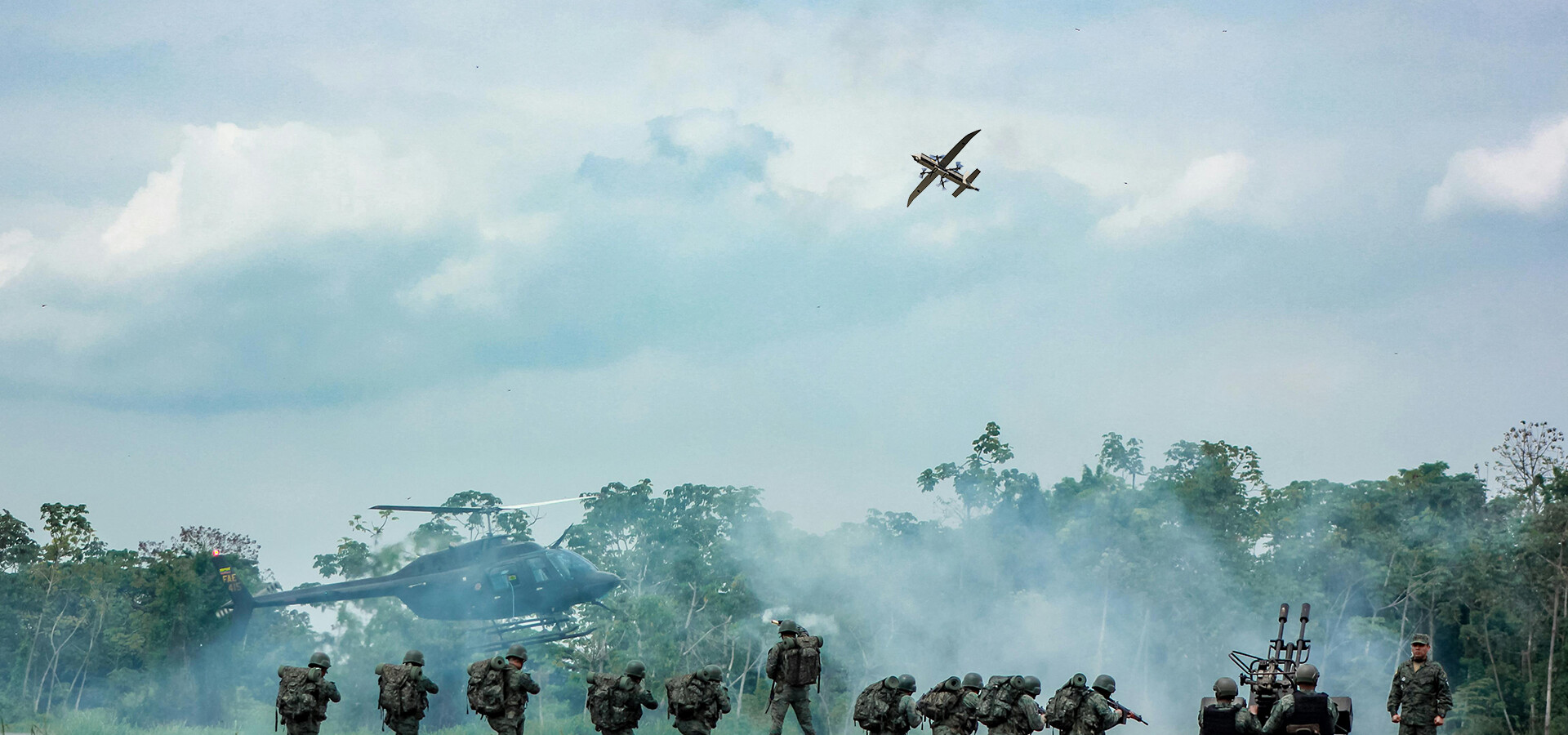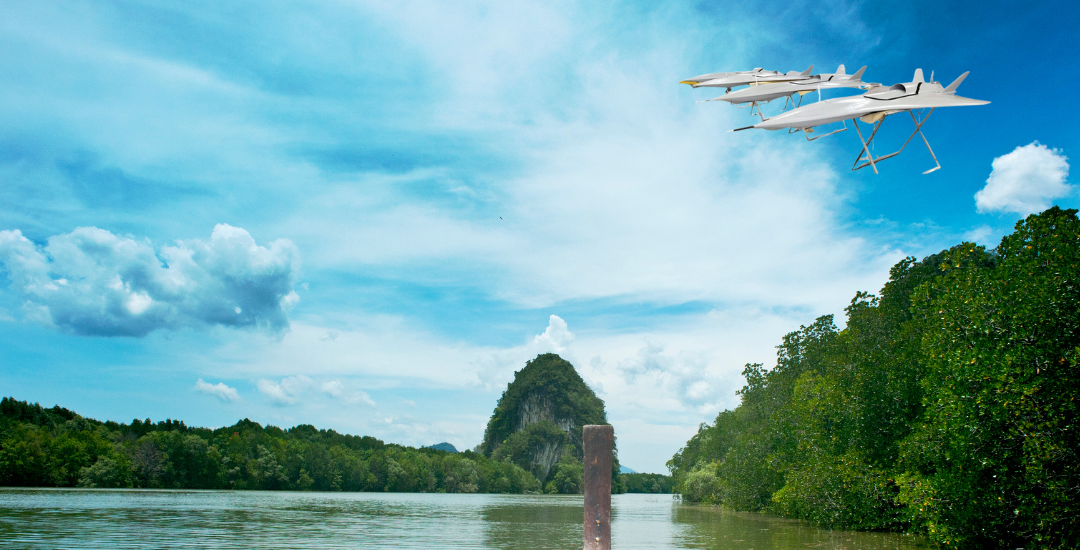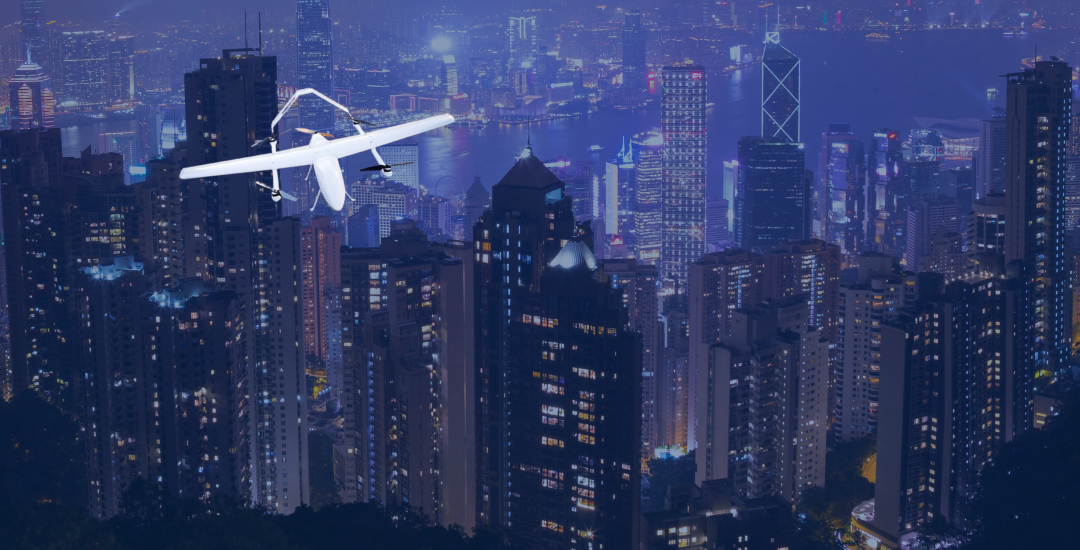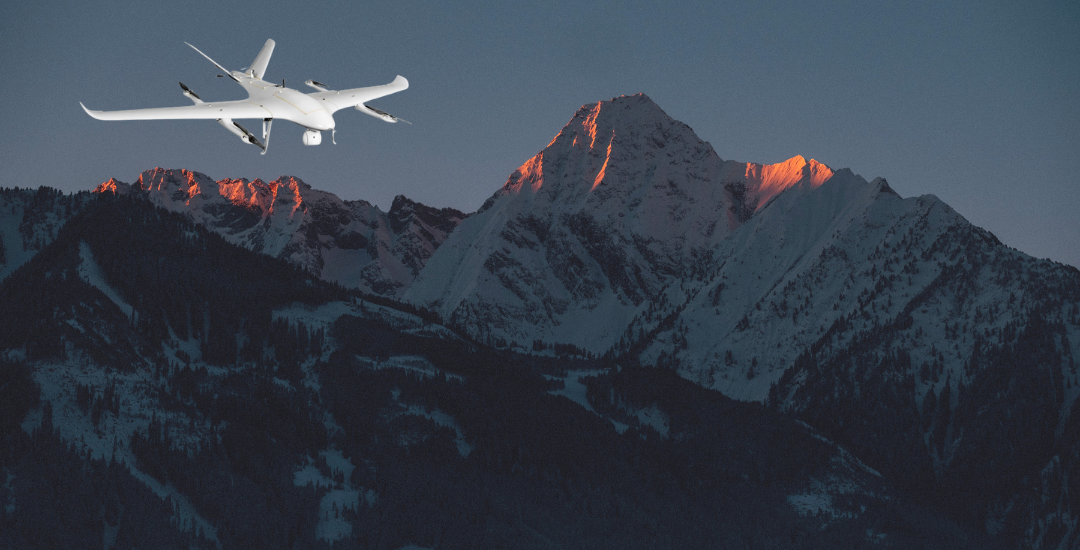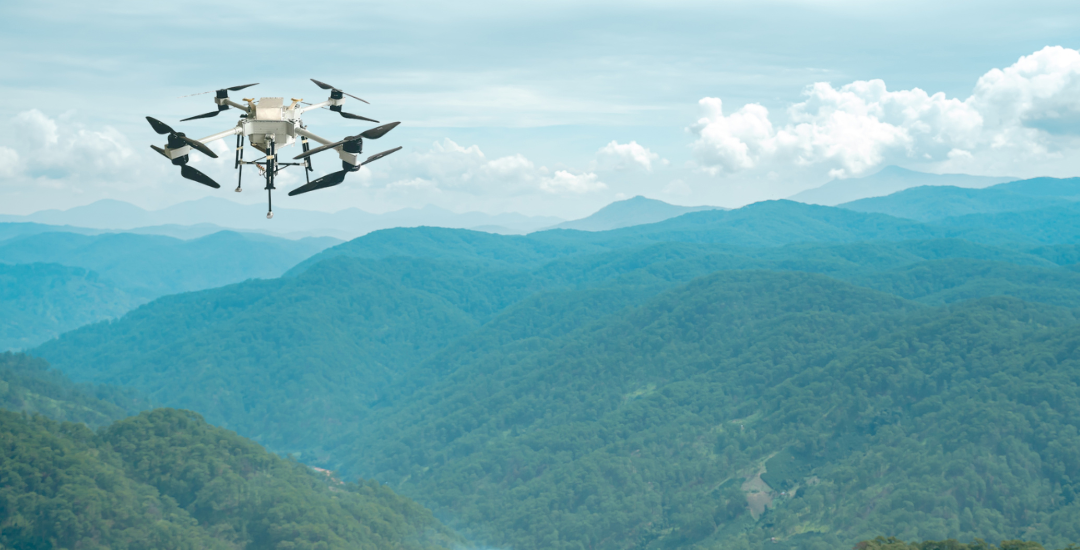NEWS
Home > News
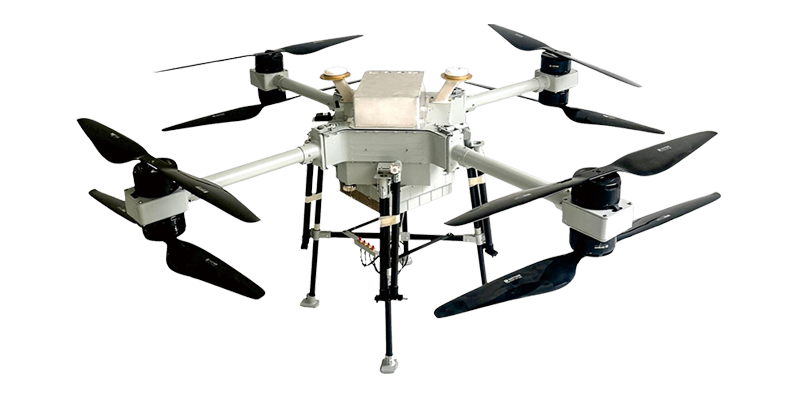
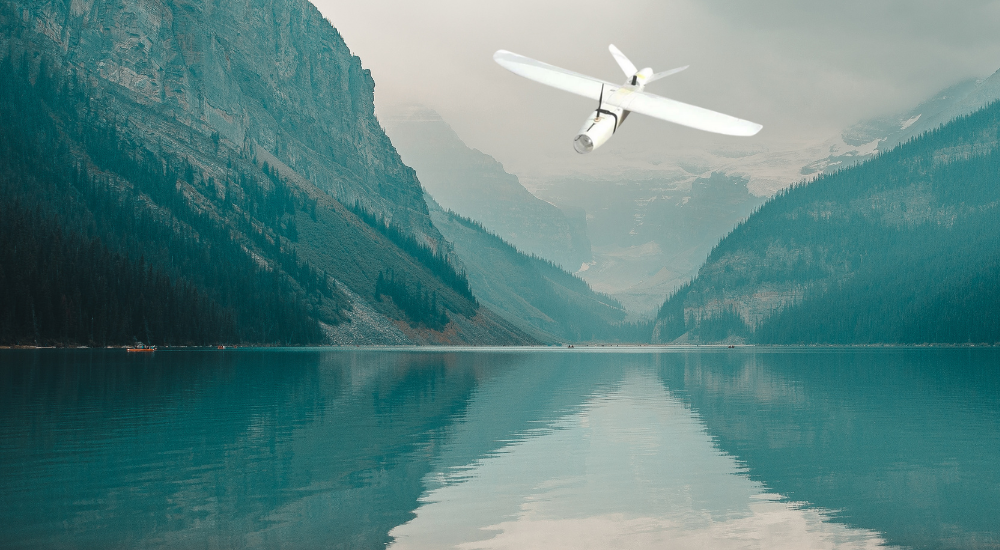
Unmanned Aerial Vehicles (UAVs) are revolutionizing industries across the globe, thanks to their ability to perform complex tasks in diverse environments. Among the various UAV configurations, Vertical Takeoff and Landing (VTOL) drones stand out for their remarkable ability to take off and land vertically, making them ideal for operations in confined spaces. Whether used in military, commercial, or research settings, VTOL UAVs have a broad spectrum of applications. In this article, we will explore 10 types of UAV VTOL drones, examining their unique features, capabilities, and potential uses.
What is a UAV VTOL?
A UAV VTOL refers to an Unmanned Aerial Vehicle that can take off, hover, and land vertically. Unlike traditional fixed-wing drones that require runways, VTOL UAVs can launch and land in confined spaces, making them extremely versatile. VTOL technology combines the functionality of both helicopters (for vertical takeoff) and airplanes (for horizontal flight), providing UAVs with enhanced flexibility for various missions.
How Do VTOL UAVs Work?
VTOL UAVs use a variety of mechanisms to achieve vertical takeoff and landing. Some systems rely on tilt-rotors or tilt-wings, while others use rotary-wing or ducted fan systems to generate lift vertically before transitioning to forward flight. The design of a UAV VTOL depends on its intended application-whether for surveillance, transportation, mapping, or even military combat.
Top 10 Types of UAV VTOL Drones
1. Tilt-Rotor UAVs
Tilt-rotor UAVs feature rotors that tilt from a vertical position for takeoff and landing to a horizontal position for forward flight. This allows the drone to transition smoothly between hovering and high-speed travel. These drones are ideal for long-range missions requiring both vertical lift and horizontal speed.
Key Features:
- Vertical takeoff and landing
- Efficient at high speeds
- Ideal for search and rescue missions
Example: The Bell V-22 Osprey is a popular tilt-rotor aircraft used by the military and is often adapted for drone systems.
2. Tilt-Wing UAVs
Tilt-wing UAVs feature wings that can rotate 90 degrees to allow for both vertical takeoff and forward flight. This design typically offers greater aerodynamic efficiency in forward flight compared to tilt-rotor UAVs.
Key Features:
- Rotating wings for vertical and horizontal flight
- High endurance and long-range capabilities
- Efficient aerodynamic design
Example: The F-35B Lightning II, although primarily a manned aircraft, uses similar tilt-wing principles adapted for UAVs.
3. Multirotor VTOL UAVs
Multirotor VTOL drones use multiple rotors (typically four, six, or eight) to generate vertical lift. These drones are highly stable and easy to control, making them ideal for applications such as aerial photography, surveying, and inspection.
Key Features:
- Multiple rotors for stability and redundancy
- Easy to control in urban environments
- Excellent for short-range missions
Example: The Blueflyplus VTOL UAV XTCD-18 Multicopter Series is a commercial multirotor UAV that offers VTOL capabilities for industrial applications.
4. Ducted Fan UAVs
Ducted fan VTOL UAVs use enclosed rotors or fans to provide lift, which helps reduce noise and increases safety during operations. These drones are particularly useful in urban environments and operations that require quiet, low-noise flight.
Key Features:
- Enclosed fans for reduced noise
- High maneuverability in tight spaces
- Suitable for surveillance and reconnaissance
Example: AeroVironment's Quantix is a ducted fan UAV used for mapping and data collection in agriculture and environmental monitoring.
5. Rotorcraft UAVs
Rotorcraft UAVs operate similarly to helicopters, using a single large rotor to generate lift vertically. These UAVs are known for their stability and ability to hover for extended periods, making them ideal for surveillance, reconnaissance, and emergency response.
Key Features:
- Single rotor for vertical lift
- Ability to hover in place
- Suitable for long-duration missions
Example: The Schiebel Camcopter S-100 is a rotorcraft UAV used for military surveillance and reconnaissance.
6. Hybrid UAVs
Hybrid UAVs combine the best features of fixed-wing aircraft and rotorcraft. These drones can take off and land vertically but transition to fixed-wing flight once airborne. This hybrid design allows them to cover long distances while maintaining the flexibility of a VTOL.
Key Features:
- Combination of fixed-wing and rotorcraft capabilities
- Long endurance and efficient flight
- Versatile for both short-range and long-range operations
Example: Quantum Systems Trinity F90+ is a hybrid UAV ideal for long-range surveying and mapping.
7. Flying Wing UAVs
Flying wing UAVs combine the aerodynamics of a fixed-wing aircraft with the lift capabilities of a VTOL. They have a streamlined design with no distinct fuselage, making them highly efficient in both vertical and horizontal flight.
Key Features:
- Wing-only design for improved aerodynamics
- Capable of both hovering and long-range flight
- High fuel efficiency
Example: The AeroVironment Wasp AE is a flying-wing UAV designed for surveillance and reconnaissance missions.
8. Tail-Sitter UAVs
Tail-sitter UAVs have a unique design where the vehicle sits on its tail during takeoff and landing and transitions into forward flight once airborne. These UAVs are compact and can operate in very confined spaces.
Key Features:
- Takes off and lands vertically on its tail
- Efficient for small-scale missions in urban environments
- High agility in transition
Example: The Parrot Anafi USA is an example of a UAV with tail-sitter design suitable for surveillance in urban environments.
9. Fixed-Wing VTOL UAVs
Fixed-wing VTOL UAVs have wings that allow them to generate lift in forward flight. These drones typically use additional vertical-lift systems such as tilting rotors or fans to achieve vertical takeoff and landing. They are highly efficient for longer missions.
Key Features:
- Fixed wings for greater range and endurance
- Vertical lift systems for takeoff and landing
- Suitable for long-range reconnaissance and surveillance
Example: Blueflyplus Fixed-Wing VTOL UAV GTHQ-400-55 is a fixed-wing VTOL UAV designed for urban air mobility and transportation.
10. Personal VTOL Drones
Personal VTOL drones are designed for individual use, often for recreational purposes or personal transport. These drones are compact, lightweight, and highly maneuverable, offering easy takeoff and landing in small spaces.
Key Features:
- Small, lightweight design
- Capable of vertical takeoff and landing
- Ideal for personal use or recreational flying
Example: The Lilium Jet is a personal VTOL drone designed for short-distance urban air mobility.
Applications of UAV VTOLs
1. Military and Defense
VTOL UAVs are commonly used in military operations for surveillance, reconnaissance, and supply delivery. Their ability to operate from confined spaces, such as ships or small bases, makes them essential in tactical military operations.
2. Commercial and Industrial
In industries like construction, surveying, and agriculture, UAV VTOLs are used for aerial inspections, mapping, and data collection. These drones are equipped with high-definition cameras, thermal sensors, and other specialized equipment.
3. Search and Rescue
The vertical takeoff capability of VTOL drones allows them to reach difficult-to-access locations during search-and-rescue missions. They can hover in place to observe dangerous situations and deliver supplies to those in need.
4. Urban Air Mobility
With their ability to take off and land in tight spaces, VTOL drones are being explored as part of the future of urban air mobility for transportation, especially in congested city areas.
Conclusion: The Future of UAV VTOL Technology
As UAV VTOL technology continues to evolve, we can expect to see even more diverse applications across various sectors. From military reconnaissance to civilian transportation, these drones are helping to shape the future of aviation. By combining the flexibility of vertical flight with the efficiency of fixed-wing or rotorcraft designs, UAV VTOLs offer immense potential for a wide range of industries.
FAQs
1. What is the difference between a VTOL drone and a regular drone? A VTOL drone can take off and land vertically, while a regular drone typically requires a flat surface for takeoff and landing.
2. Can VTOL drones be used for delivery services? Yes, VTOL drones are being tested for parcel delivery, as they can access hard-to-reach locations and navigate urban environments easily.
3. Are VTOL UAVs safe to operate? When properly maintained, VTOL UAVs are as safe as other types of drones. Safety protocols and regulations must always be followed during operation.
4. What industries use VTOL drones the most? The military, agriculture, surveying, and construction industries are some of the biggest users of VTOL UAVs.
5. How far can VTOL UAVs fly? The flight range of a VTOL UAV depends on the specific model, but most can fly anywhere from 10 to 100 miles on a single charge.
6. Are there any limitations to VTOL drones? VTOL drones can be more expensive and may have shorter flight times compared to traditional UAVs. However, their ability to take off and land vertically makes them valuable for specific applications.
SHARE:
Send a Message
RECENT POSTS
 How VTOL Drones Are Transforming Delivery Services2025-03-28
How VTOL Drones Are Transforming Delivery Services2025-03-28 VTOL Drones vs. Fixed-Wing & Multirotor: Pros and Cons2025-03-21
VTOL Drones vs. Fixed-Wing & Multirotor: Pros and Cons2025-03-21 Top 10 Safety Tips for Operating VTOL UAVs in Urban Areas2025-03-14
Top 10 Safety Tips for Operating VTOL UAVs in Urban Areas2025-03-14 Choosing the Right Fixed-Wing UAV for Your Needs2025-03-07
Choosing the Right Fixed-Wing UAV for Your Needs2025-03-07 What Is a VTOL Aircraft? A Beginner’s Guide2025-02-24
What Is a VTOL Aircraft? A Beginner’s Guide2025-02-24
Get in Touch
Please use the form below to get in touch.
If you need a reply we will get in touch as soon as possible.

